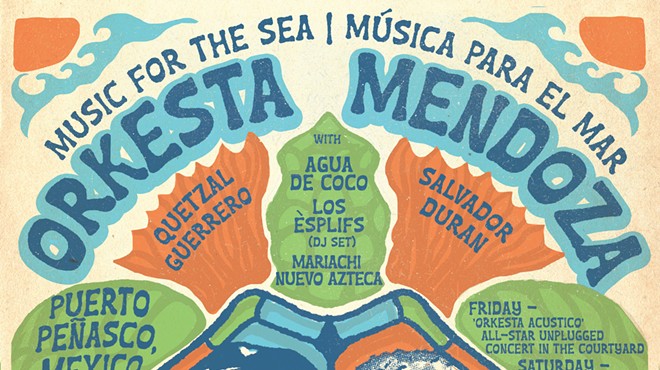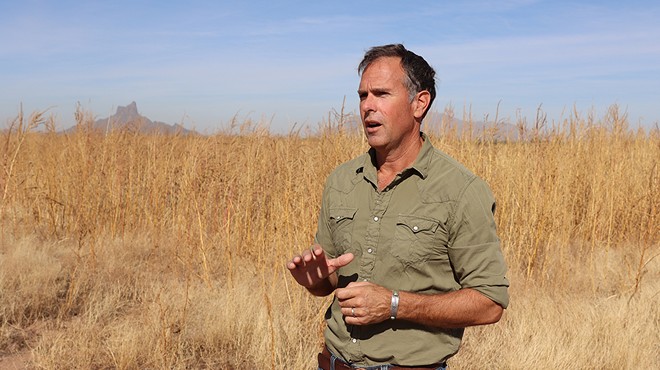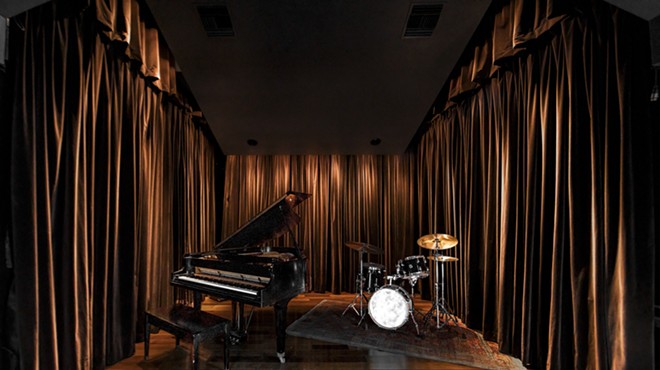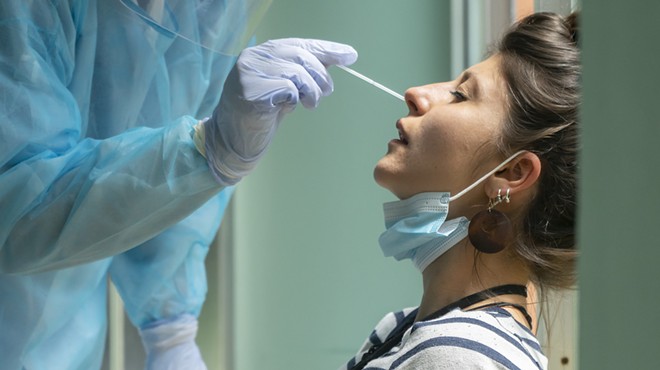Friday, March 12, 2010
UA Mind and Brain Lecture Series: The Plastic Brain
Here's the second lecture from the UA College of Science's Tuesday night lecture series on "Mind and Brain," presented by Regents Professor Leslie Tolbert, vice president for Research, Graduate Studies, and Economic Development and professor of Neuroscience, and Cell Biology & Anatomy.
This week's lecture about the relative advantages and disadvantages of having a brain and learning was fascinating. Anna Dornhaus, an assistant professor of ecology and evolutionary biology, told the audience that when you can separate smart fruit flies from dumb fruit flies and breed several generations worth until you have really smart fruit flies and really dumb fruit flies. But when you put them into a single community, the dumb fruit flies breed more effectively than the smart ones. Dornhaus noted: "Idiocracy in a petri dish."
No lecture next week because it's spring break. Here are more details on the series.
Here's a brief description of what you'll see if you watch Tolbert's lecture above:
The human brain is the most complex object known to us. It contains roughlya trillion nerve cells, each of which may make thousands of connections, in immense networks of circuitry that control our sense of self and our appreciation of and interaction with the world around us. In the last half century we learned that we are born with raw circuitry that quickly tunes itself to the environment we encounter. Now we are learning that the properties that allow nerve cells to achieve this plasticity in response to the early environment are controlled by the very same genes that drive learning and memory in adults.
The human brain, and the mind it creates, is enormously complex. Everything we do, feel and think emerges from billions of nerve cells and their interconnections. Brain development is shaped by evolution and genetics, but is also greatly affected by experience. The mind takes shape through exposure to individuals and cultures, and becomes a constructive and predictive device. It creates inner worlds past, present and future that allow us to behave in highly adaptive ways, if we so choose. It also allows us to engage in risky behavior and make bad decisions.
Tags: UA College of Science , mind and brain lecture series , Video















